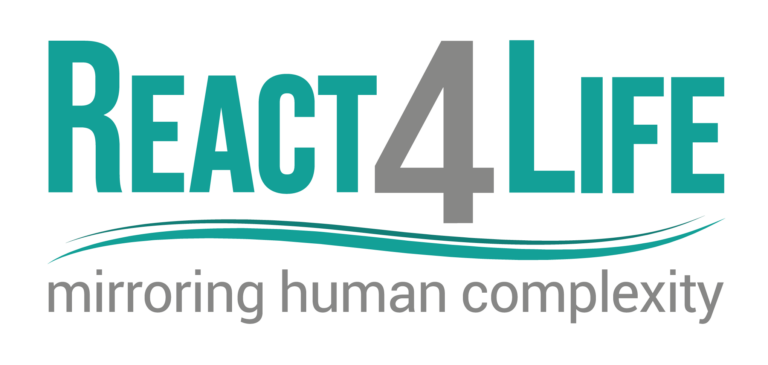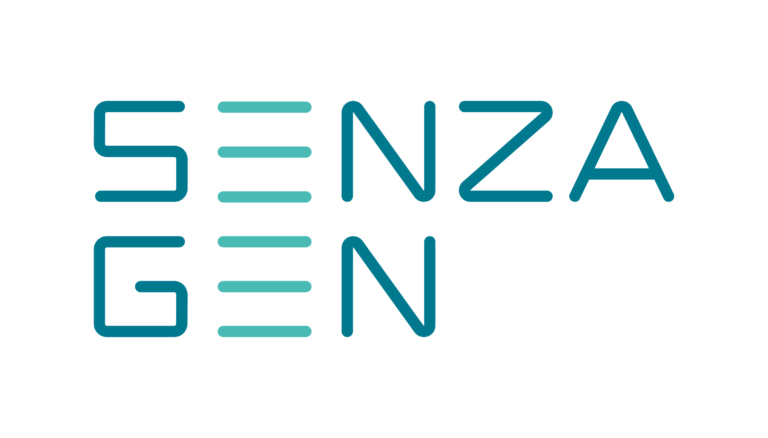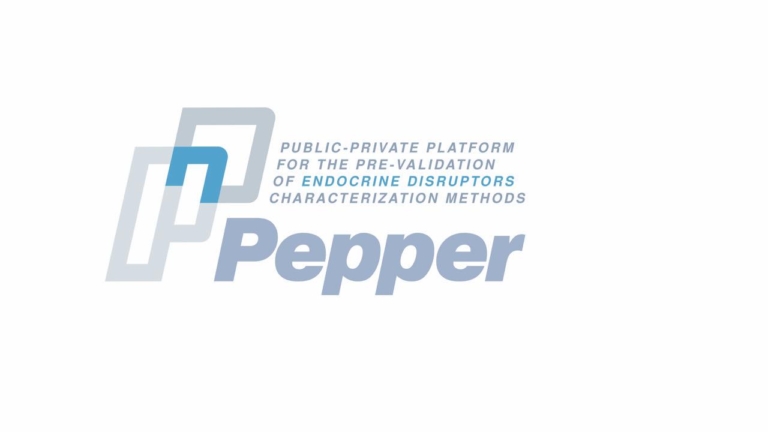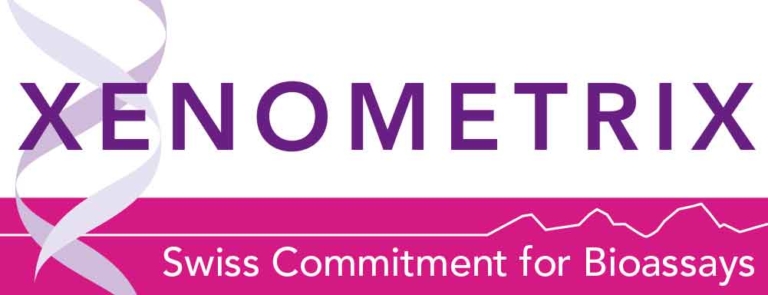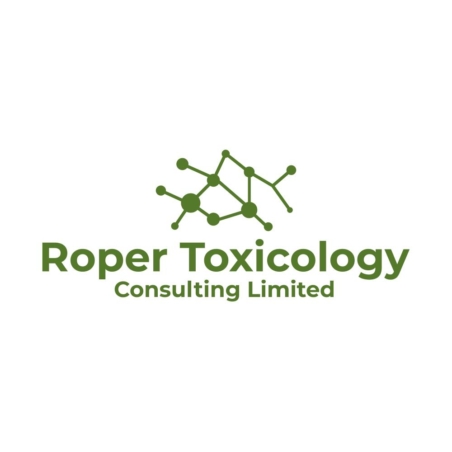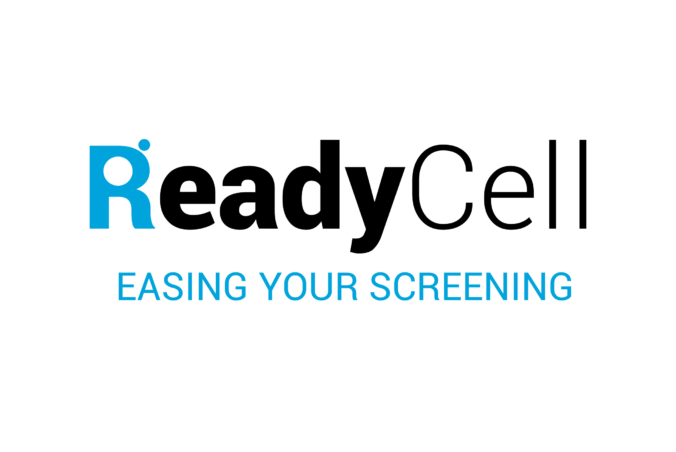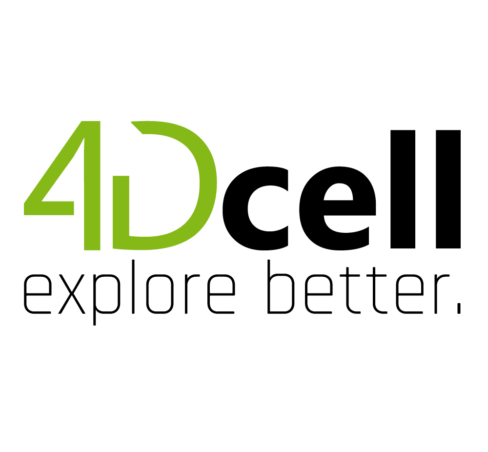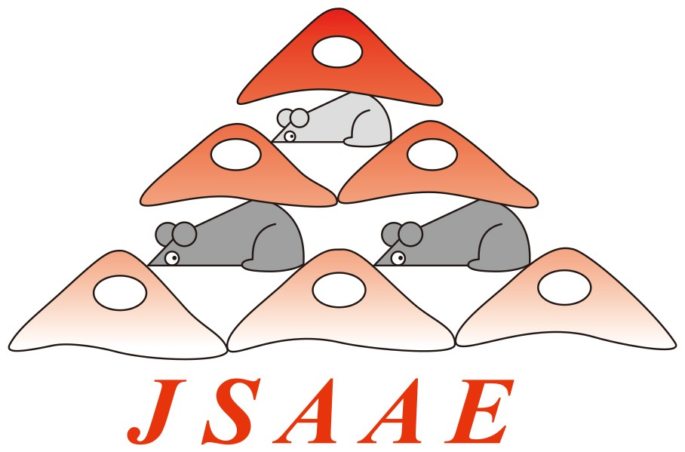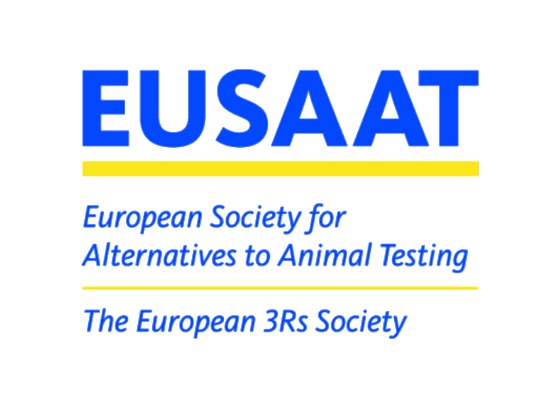Friday, January 10, 2025
10:00am ET / 15:00 UTC
Giulia De Negri Atanasio: “Evaluation of Physiological Repeated Exposure of Aluminium in a 3D Intestinal Tissue Model.” ESTIV Best Oral Presentation Award at ESTIV 2024
Kim To: “DASS App v2.0: Implementing OECD Guideline No. 497 Updates” PhD Posters Award at the ASCCT 13th Annual Meeting
A brief Q&A session will follow each presentation.
ABSTRACTS
Evaluation of Physiological Repeated Exposure of Aluminium in a 3D Intestinal Tissue Model
Background and Objectives: One of the most prevalent elements in the crust of the Earth is aluminium (Al3+). The free cation of Al3+ is very physiologically reactive and might disrupt metabolism, perhaps causing gastrointestinal problems and neurotoxicity, which would raise the prevalence of Alzheimer’s disease.
Since soil contains a significant quantity of Al3+, the amount that plants absorb depends on how much of it is present there. Humans, indeed, consume Al3+ every day through their food and drink. The total weekly exposure to Al3+ was calculated to be 1 mg/kg body weight.
Material and methods: This study aimed to assess the impact of repeated exposure to varying concentrations of Al3+ on a 3D intestinal tissue model. Over a 12-day period, different Al3+ concentrations (5, 20, and 50 ppm) were applied on epiIntestinal 3D models (MatTek). The study employed multiple methods to evaluate the effects, including TEER measurements to assess tissue viability, ICP-AES analysis to quantify Al3+ trespass, histological assessment for tissue architecture, evaluation of tissue barrier integrity, transmission electron microscopy (TEM) analysis of microvilli structure, and mRNA expression analysis (CLDN-5, and OCLN,) to investigate oxidative processes at the end of the 12-day exposure period.
Results: Toxicity was not observed across all tested Al3+ concentrations, as indicated by TEER measurements that showed no significant differences between the treatments and the negative control. These findings were further corroborated through histological examination of the tissues.
Discussion and Conclusion: Overall, the results of this study suggest that the repeated exposure to Al3+ in the tested concentrations did not lead to significant detrimental effects on the 3D intestinal tissue model. These findings contribute to our understanding of the safety of Al3+ exposure within the context of the gastrointestinal system. Further research may be needed to explore any potential long-term effects and to understand the possible implications for human health.
DASS App v2.0: Implementing OECD Guideline No. 497 Updates
The National Toxicology Program’s DASS App (https://ntp.niehs.nih.gov/go/40498) is an open-source web application developed to streamline the implementation of defined approaches (DA) to predict skin sensitization hazard and potency. Here we describe release updates for DASS App v2.0, which coincide with pending updates to OECD Guideline No. 497: Defined Approaches on Skin Sensitisation. DAs are mechanistically driven non-animal test strategies that outline rules for interpreting data from multiple in vitro or in chemico tests or in silico models to derive high-confidence toxicity predictions. The DASS App features three DAs that users can apply to their uploaded data: the Two-out-of-Three (2o3), Integrated Testing Strategy (ITS), and Key Event 3/1 Sequential Testing Strategy. The pending OECD Guideline update defines additional assays and model options suitable for the 2o3 and ITS DAs. With the score-based ITS DA, users can choose from various assay-specific scoring schemes (previously limited to the direct peptide reactivity assay and human cell line activation test). For the consensus-based 2o3 DA, the app can now process data from individual assay runs to flag borderline results before applying the 2o3 data interpretation procedure. Additionally, the app now enables evaluating DA results against reference data from the Integrated Chemical Environment (https://ice.ntp.niehs.nih.gov/) and visualizing DA performance based on chemical-specific parameters. The new capabilities within the DASS App support consistent application and increased adoption of guideline DAs and provide new performance evaluation options for building confidence in non-animal methods. This project was funded by the NIEHS under Contract No. HHSN273201500010C.
About the Presenters
Giulia De Negri Atanasio is currently a postdoctoral at the Department of Earth, Environment, and Life Science (DISTAV), University of Genoa, Italy in the group coordinated by Prof. Elena Grasselli. Now she is involved in the Horizon 2020 ‘EcoeFISHent’ and working on the biocompatibility tests. Her work is focused on the study of skin and intestine physiology related to ingredients or formulated products in the cosmetics and nutraceutical field.
Kim To is an environmental statistician at ICF supporting toxicological and environmental health data analysis. Prior to ICF, Dr. To was a principal biostatistician at Inotiv where she supported the National Toxicology Program Interagency Center for the Evaluation of Alternative Toxicological Methods through computational tool development and leadership of the Integrated Chemical Environment.
Please see the Event Calendar Listing for complete details.
 The ESTIV Members Area
The ESTIV Members Area